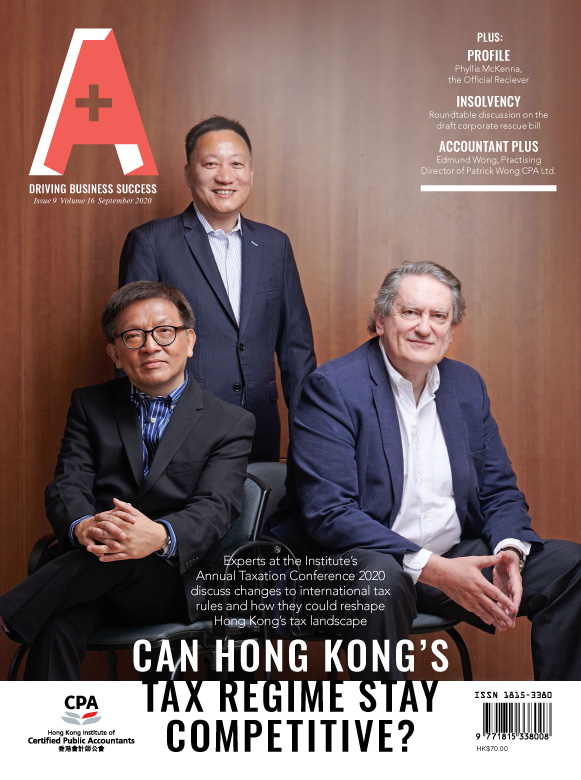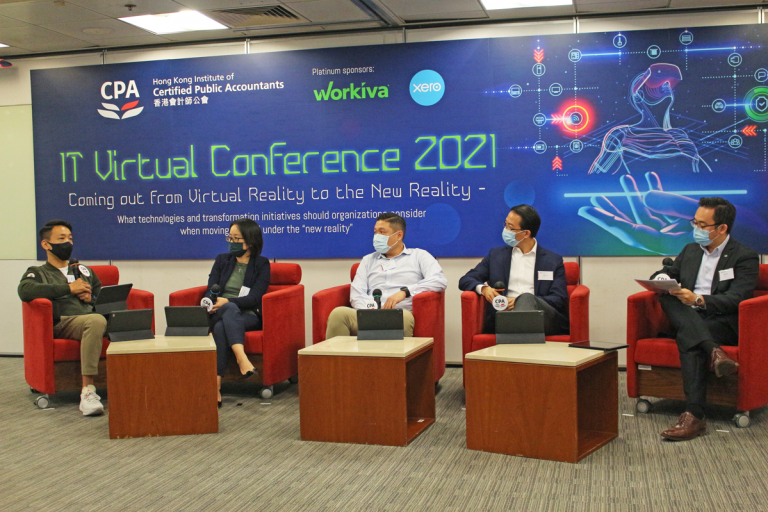The impact of COVID-19 continues to challenge organizations, their employees and their clients. As we readily adapt to a “new normal,” our virtual connections with one another have never been more important.
Against such a backdrop, we are fortunate to be living in an era of advanced communications technology. Across the world and in every section of society, technology is bringing people together and improving lives. During COVID-19, families and friends living in different countries have been able to maintain connections despite not being able to meet in person, and patients in rural areas can connect with doctors hundreds of kilometres away for remote consultations.
Meanwhile, in the business world, advanced communications technology has the capacity to improve the client experience and strengthen organizations’ connections.
The value of being able to maintain long-lasting, strong, trusting and mutually beneficial relationships in challenging times arises from the ability to truly connect with another person. In business, these bonds can elevate a service or brand. Good communication – both indirect and direct – can even inspire clients to become service or brand advocates.
Indirect communication
When it is not possible to communicate directly with existing and potential clients, organizations – particularly those that offer professional services – need to find other ways to remain “front of mind.”
Today, thought leadership is one of the key ways of achieving this. Organizations increasingly rely on thought leadership to enable them to thrive in a rapidly changing and uncertain world.
Amid the uncertainties brought by COVID-19, business leaders are keen on hearing new ideas about how to lead their organizations through the crisis, and how to transform their operations to thrive.
Customer needs are always in focus at high performing organizations. In disseminating thought leadership, this means maintaining open channels of communication to make ideas easily and quickly accessible. Fortunately, there have never been more means than there are today.
Apart from well-established platforms like corporate websites, email and social media, an organization’s thought leadership can now be communicated through instant messaging, video calls, virtual town hall meetings, webinars and roundtables, and even e-classes.
But these must not be used randomly. The more well-considered the format and delivery platform are, the more likely thought leadership is to reach the right audience, in the right place, at the right time.
In this way, thought leadership can forge communities of existing and prospective clients united by common interests, with each community member becoming a channel of communication for the thought leader’s service or brand.
Direct communication
Although advanced communications technology has also made it possible to deliver expertise to existing and new clients without any direct interaction, it remains true that the more valuable a service is, the more important one-to-one, personal interaction becomes.
In this context, although a meeting is most likely these days to be virtual, a real, palpable connection must still be made. Despite advanced communications technology having changed how organizations engage with clients, it has not changed the rules of engagement, or the ultimate goal of creating longlasting, strong, and mutually beneficial partnerships.
Furthermore, it must be easy for people, particularly potential clients, to connect with an organization. For example, if the experience of a video conference is poor due to a laggy Internet connection, it will outweigh the content that is being delivered, no matter how brilliant that content might be.
Leaders tasked with building connections with potential and existing clients should also aim to research and understand who they are speaking to. In the early days of a virtual relationship, it is important to use initial meetings to better understand clients’ mannerisms, and way of thinking.
Authenticity is also vital. We all look forward to less virtual and more in-person meetings when things go back to normal, but when they finally do, organizations must ensure that the images and messages they have transmitted remain consistent with those they have projected into the virtual realm.
“The value of being able to maintain long-lasting, strong, trusting and mutually beneficial relationships in challenging times arises from the ability to truly connect with another person.”
















